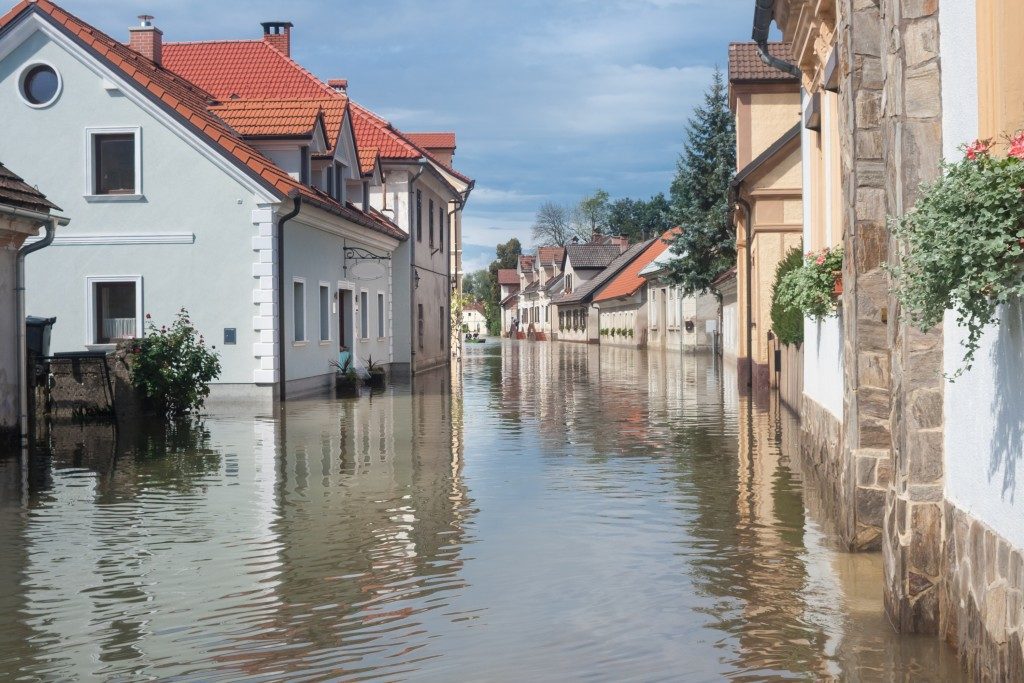Floods come quickly and unexpectedly, leaving severely damaged properties in their wake. Unfortunately in Australia, many homes are at high risk of flooding.
Floods can occur at any season, too, so you always need to stay prepared. Simply follow these effective methods to fortify your home against flooding.
Check your area for flood risks
Flooding in Australia tend to be the result of overflowing rivers following heavy rains of the overflowing of drainage systems in suburban areas. If you are not sure whether you live or travel through a flood-prone area, consult the local council to find out if your property is located at a risk area for floods. Ask the council about creek and river catchments or any changes being made on drainage arrangements that can amplify the flood risk levels of the place.
Take note of useful sources of information, such as SMS update services, phone lines, websites, local authorities and radio stations. These sources will keep you updated in case a flood strikes your locale. Staying informed lets you make quick and better decisions for the safety of your family.
Compile a flood file
Put together a flood file for your household that contains all insurance documents, the contact information of your insurers, all legal documents, and your property or household inventory that is a complete record of your valuables and receipts. Keep the file in a waterproof container. Your go-to flood file will save you a lot of time if you need to file an insurance claim for flood damage.

Reinforce doors and windows
Make sure that you can properly close and locked every door and window in your home. There should be no gaps where water can enter the house during heavy rain. In humid places, doors and windows can contract and expand, making it difficult to close them fully. Make the necessary adjustments or use gap fillers to keep water out, and regularly inspect them.
Check and upgrade your pumps
Ensure that your sump pump is in good working order. Buy a battery-operated backup pump to still have a working pump in case of a power outage. Install water alarms in your basement or lower levels, as they alert you when these areas are flooding.
Get a shallow well pump to remove excess water from places like ponds and drainage ditches, where excess water can easily flood the place. If you get stranded in your property during natural disasters and emergencies, a shallow well pump also provides a constant supply of water to boil for drinking. Buy quality brands, such as Red Lion and Xylem Lowara pumps.
Sandbag your property
Sandbagging your property greatly minimises the damage caused by floods. Sandbags are available in hardware stores and landscaping suppliers. Each bag has to be filled to around two-thirds full and should only contain purely sand, without any soil.
If your home is built on a concrete slab, you will only need to lay sandbags over any floor waste or drain that can be an entry point for grey water backflow. Set sandbags in front of doorways, air vents, brickwork vents, and roller doors. Use a plastic sheet before setting a sandbag to add a layer of waterproofing. Set the bags up like bricks and stagger them with an overlap to keep the ends from meeting.
Discard the sandbags after the flood. Wear gloves when handling wet sandbags to avoid coming into contact with contaminants in the flood water.
Floods can strike at any time of the year; ensure that your household is always prepared. You are not only fortifying your property against flooding, but you’re protecting yourself, family, and all the precious, intangible memories made in your home.




